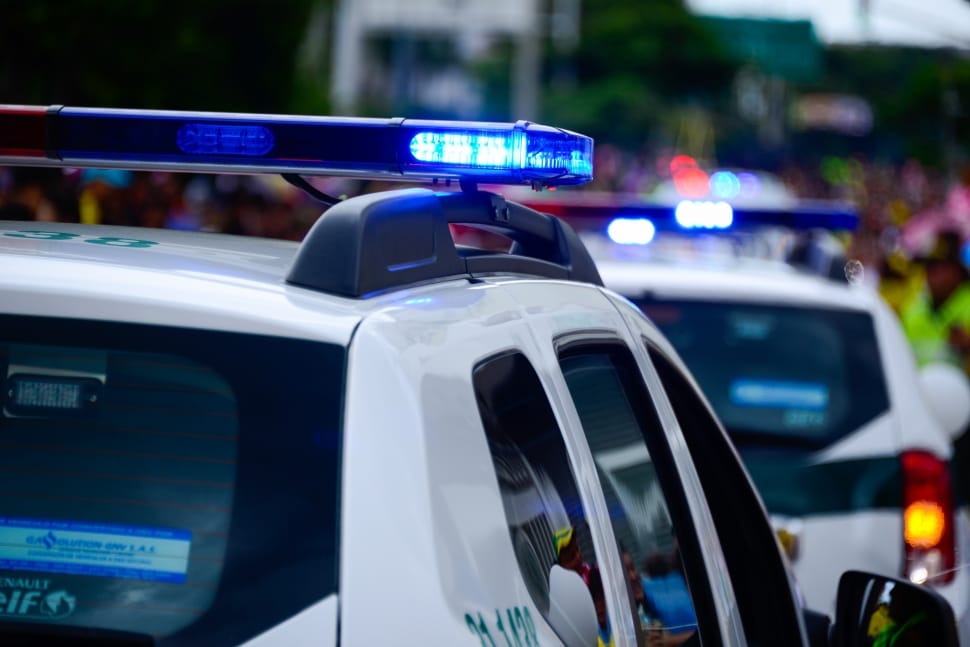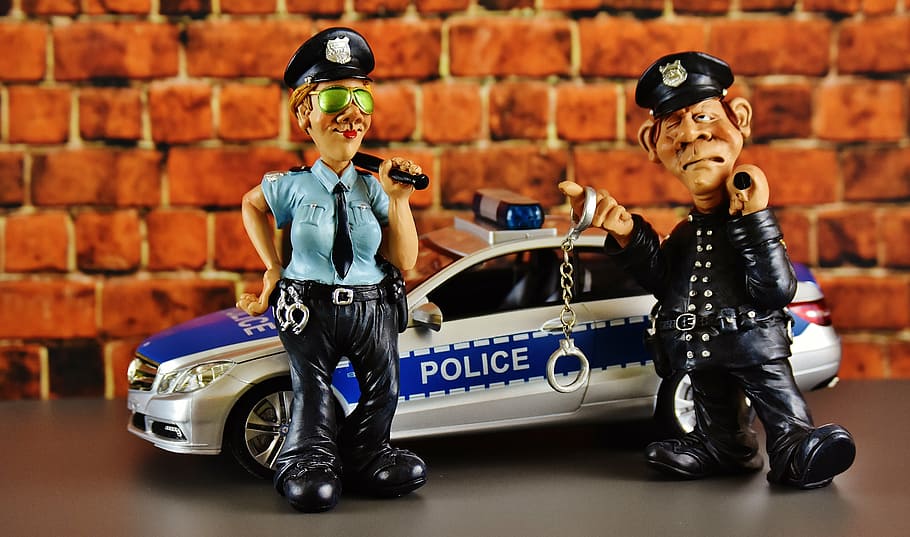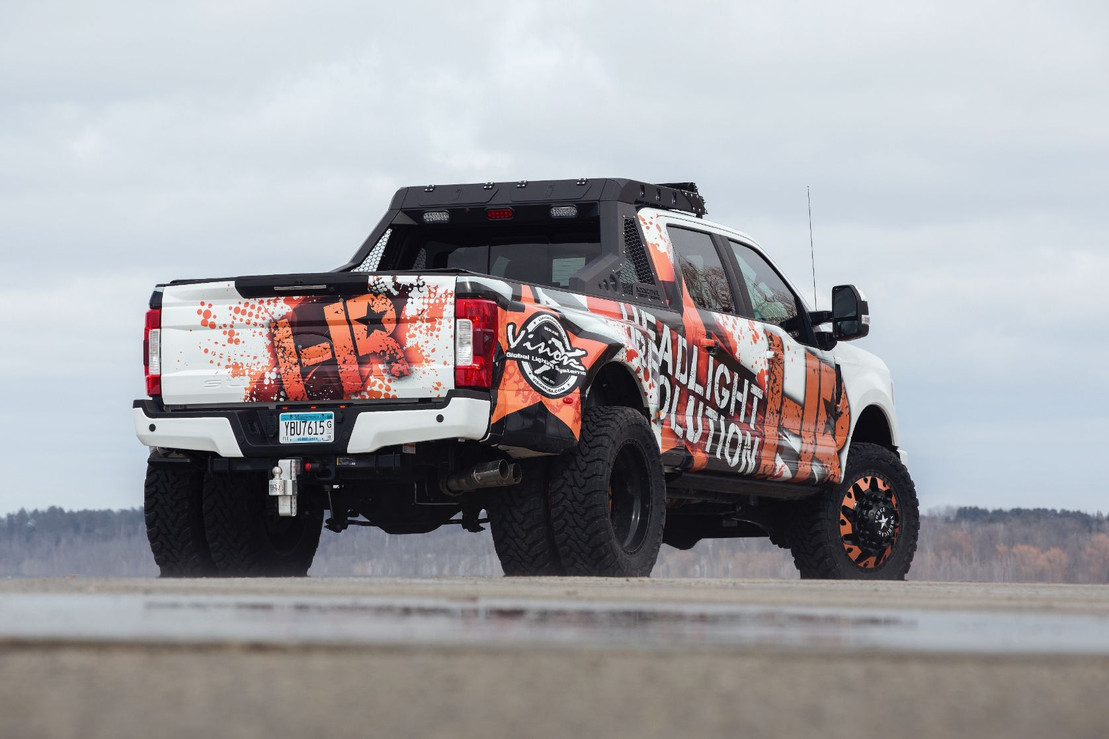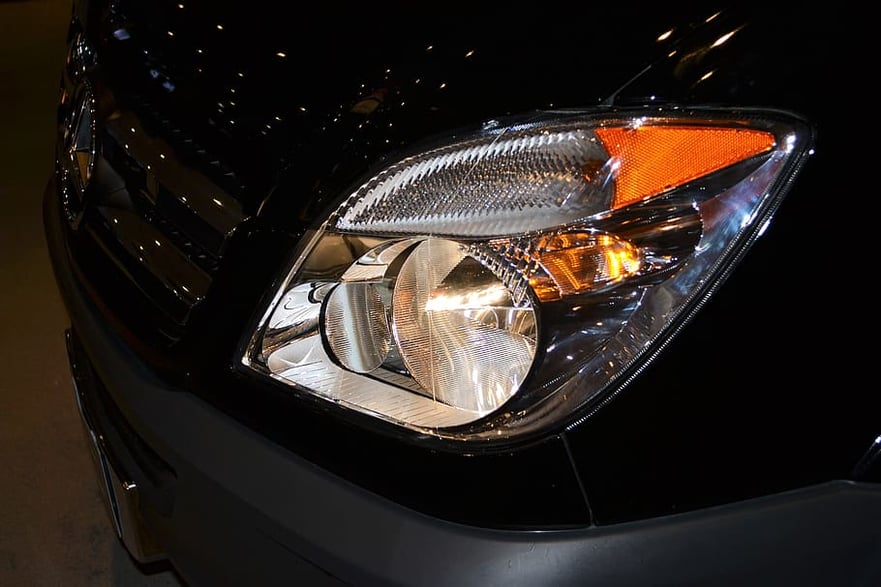Have you ever wondered why police cars have blue lights or why school buses have flashing white lights? Well, it's all because of the law. Today, we will talk about the rules for vehicle lights in Florida. We'll look at a part of Florida's laws called Chapter 316, Section 316.2397. Don't worry. We'll make it easy to understand!
What Florida's Law Says About Vehicle Lights
In Florida, there are rules about what kind of lights a vehicle can have. The law says you can't drive a vehicle with a red, red and white, or blue light that can be seen from the front. But, there are some exceptions for certain types of vehicles.

When Can Vehicles Use Different Colored Lights?
Only police vehicles are allowed to have blue lights. But, vehicles used by the Department of Corrections or county correctional agencies can also use blue lights when they are responding to emergencies.
Fire department vehicles, fire patrol vehicles, and volunteer firefighter vehicles can use red or red and white lights. Vehicles used by doctors or technicians at medical facilities, ambulances, buses, and taxicabs can also use red lights in certain situations.
Vehicles like wreckers, mosquito control vehicles, and emergency vehicles used by government departments or public service companies can use amber (yellow-orange) lights when working or when there is a hazard. But, they can't use these lights when they are going to or coming from the place where they are working or where the hazard is unless a law enforcement officer or agency says it's okay.
Vehicles used by private security companies can use green and amber lights when the security personnel are doing their security duties on private or public property.
What About Other Vehicles?
Road or street maintenance vehicles, road service vehicles, garbage trucks, petroleum tankers, and mail carrier vehicles can use amber lights when they are working or when there is a hazard. Commercial vehicles or trailers that carry unprocessed logs or pulpwood can have an amber light at the back of the vehicle or trailer.
Road maintenance and construction equipment can use flashing white lights or flashing white strobe lights when they are working and where there is a hazard. Construction equipment in a work zone on roads with a speed limit of 55 miles per hour or higher can use a combination of flashing green, amber, and red lights when workers are present. School buses and vehicles used to transport farm workers can also use flashing white strobe lights.

What Happens If You Break These Rules?
If someone breaks these rules and tries to stop another vehicle, they could be charged with a misdemeanor of the first degree. This is a type of crime that can be punished by the law. If someone breaks these rules but doesn't try to stop another vehicle, it's considered a noncriminal traffic infraction. This means it's a violation of traffic rules, but it's not a crime.
Wrapping Up
Understanding the rules for vehicle lights in Florida is important for keeping everyone safe on the road. These rules help make sure that vehicles can be seen and that everyone knows what different lights mean. So, the next time you see a vehicle with flashing lights, you'll know why!
Remember, this blog post is meant to help you understand the law, not to give legal advice. If you have specific legal questions, you should talk to a legal professional. Stay safe on the road, and keep learning!






.png?width=300&height=87&name=logo%20(1).png)